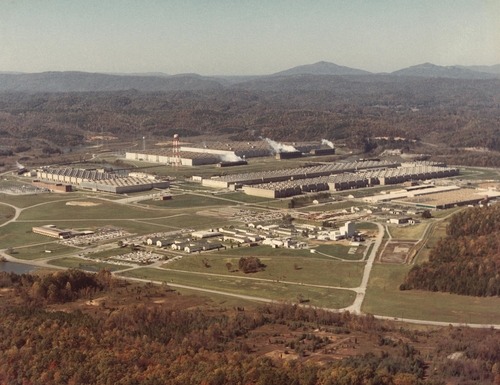
The National Nuclear Security Administration (NNSA) announced a major milestone this week with the removal of more than 100 facilities in Tennessee and Texas that date back to the Manhattan Project era of nuclear development.
Today, nearly 60 percent of the NNSA’s facilities are more than 40 years old. As a result, the agency is moving to disposition such facilities, stabilize and restructure what it can, and streamline the construction process at large. All of this could save the agency major time, money, and risk since many of the existing facilities are also dangerously degraded and filled with hazards such as mercury, asbestos, and beryllium.
“For years now, we’ve been strategically removing legacy equipment and materials, packaging and shipping contaminated waste, and demolishing outdated facilities,” Jim McConnell, Associate Administrator for NNSA’s Office of Safety, Infrastructure, and Operations, said. “Disposition means far more than just demolition, and this milestone represents NNSA’s commitment to legacy risk reduction and modernization.”
Complex and dangerous, the work to shed these facilities often forces workers into protected areas, close to still-occupied facilities. Yet, the agency has deemed this risky work beneficial in the long term, given that it oversees approximately 400,000 metric tons of nuclear material transactions and operations sprawled across 2,000 square miles.
“Collectively, these 100-plus facility dispositions address our sites’ 75-year legacies: reducing risk and improving safety today; and clearing the way for tomorrow’s projects and operations,” Teresa Robbins, manager of the NPO Production Office, said. “This effort is key to transforming our sites into agile, responsive national assets for the next 75 years.”




